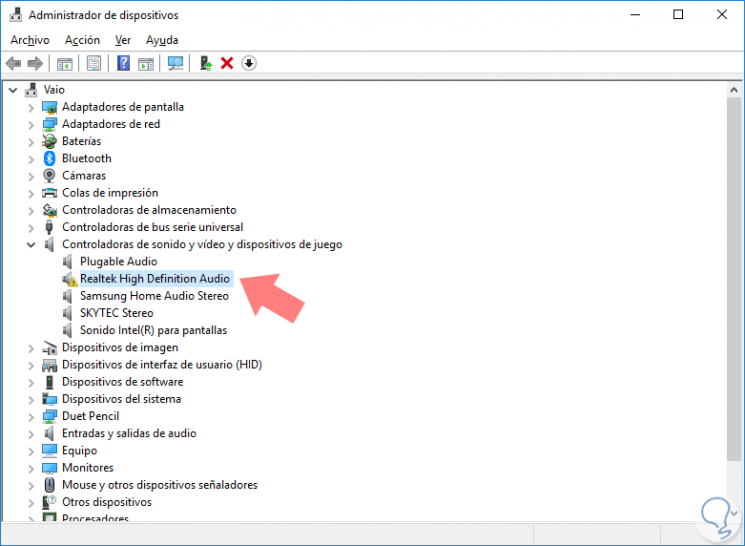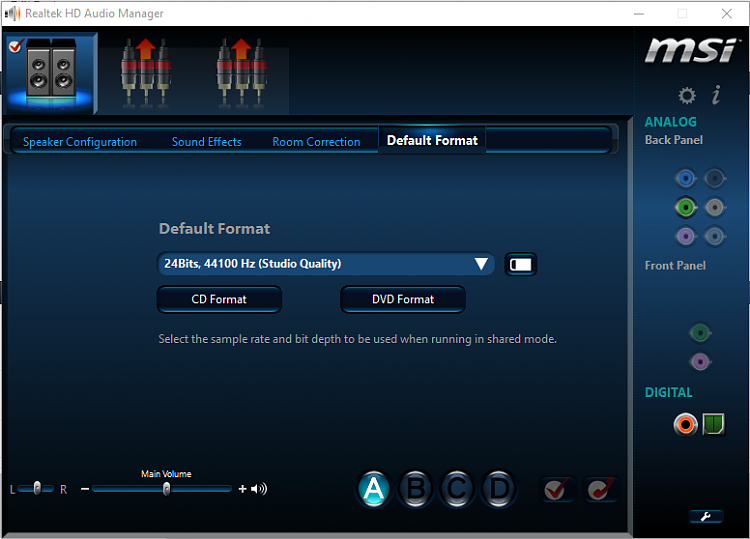


Choose to select the location of the new driver manually and browse to the folder where you extracted the driverĥ. Right click on the hardware device you wish to update and choose Update Driver SoftwareĤ. Go to Device Manager (right click on My Computer, choose Manage and then find Device Manager in the left panel), or right click on Start Menu for Windows 10 and select Device Managerģ. In order to manually update your driver, follow the steps below (the next steps):ġ. Take into consideration that is not recommended to install the driver on Operating Systems other than stated ones. If the driver is already installed on your system, updating (overwrite-installing) may fix various issues, add new functions, or just upgrade to the available version. in some cases, the simple windows troubleshooting system may partially fix some of the issues, but don't count on it.The package provides the installation files for Realtek High Definition Audio Driver version. In conclusion, in most cases the OS is at fault directly for the major sound issues that are very hard to track/fix. Improvisations like disabling all effects will have bad consequences, like lower volume or even undistinguishable audio. Disabling specific things like Dolby, DTS or EAX may partially make things better. Generally, sound is harder to tweak assuming it functions relatively correctly initially. Issues like auto-volume reduction are still unfixed practically. But there are way more functionality problems. In the newer 8.X and 10 versions, it's even a worse quality (but not that of a big decrease like from XP to Vista/7). Even good tweakers like SRS lost a lot of possibilities. If sound could be considered quite of good quality in XP, in Vista and 7 it lost a lot of quality due to the multiple OS layers interfering with the actual sound card functionality.

Overall sound quality and functionality decreased with each major windows version since XP.


 0 kommentar(er)
0 kommentar(er)
